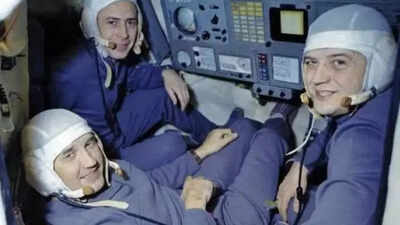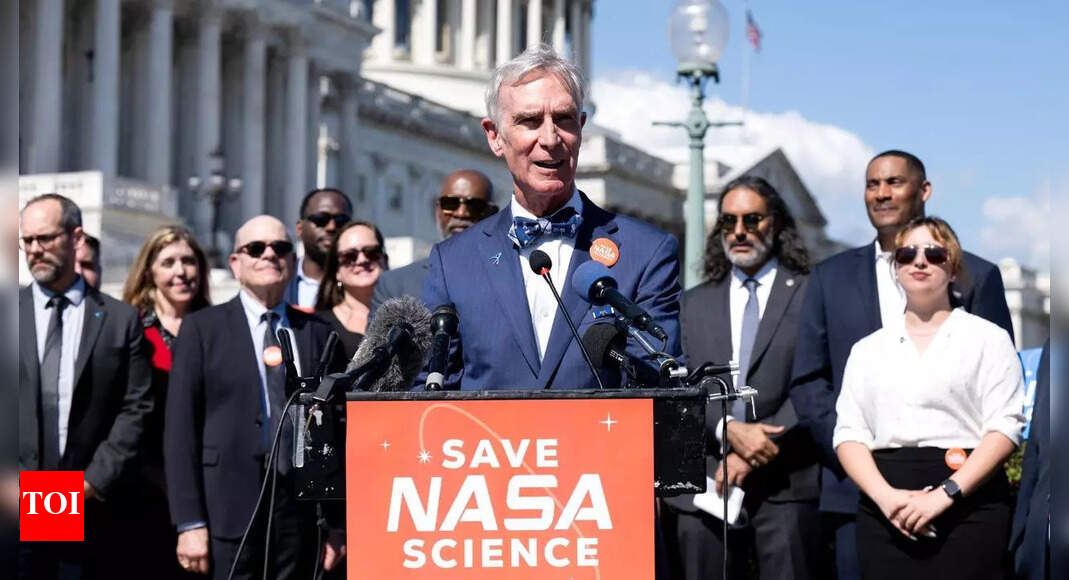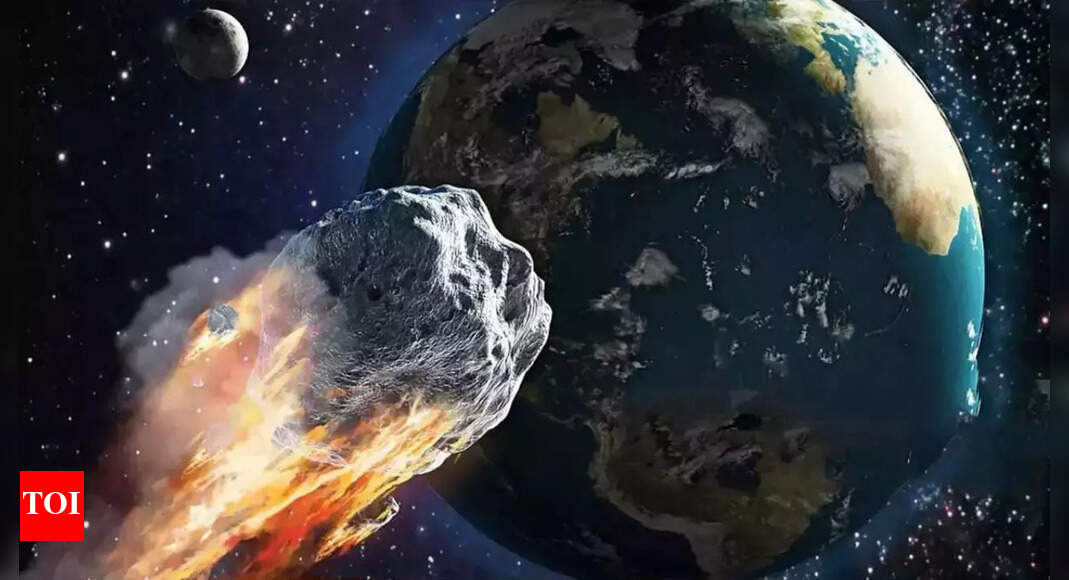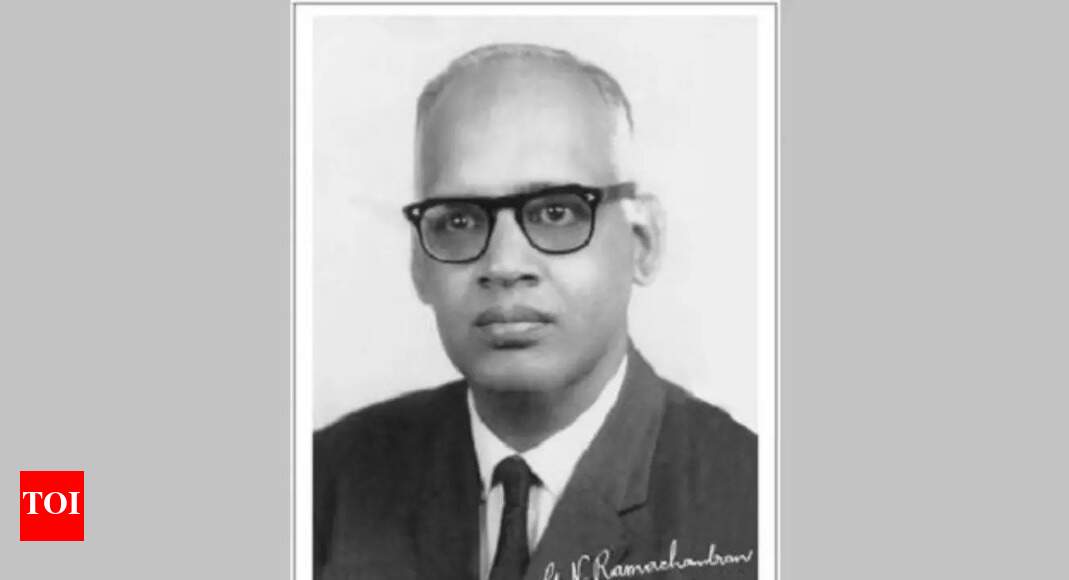Only human deaths in space: How three cosmonauts died in just two minutes aboard Soyuz 11 |
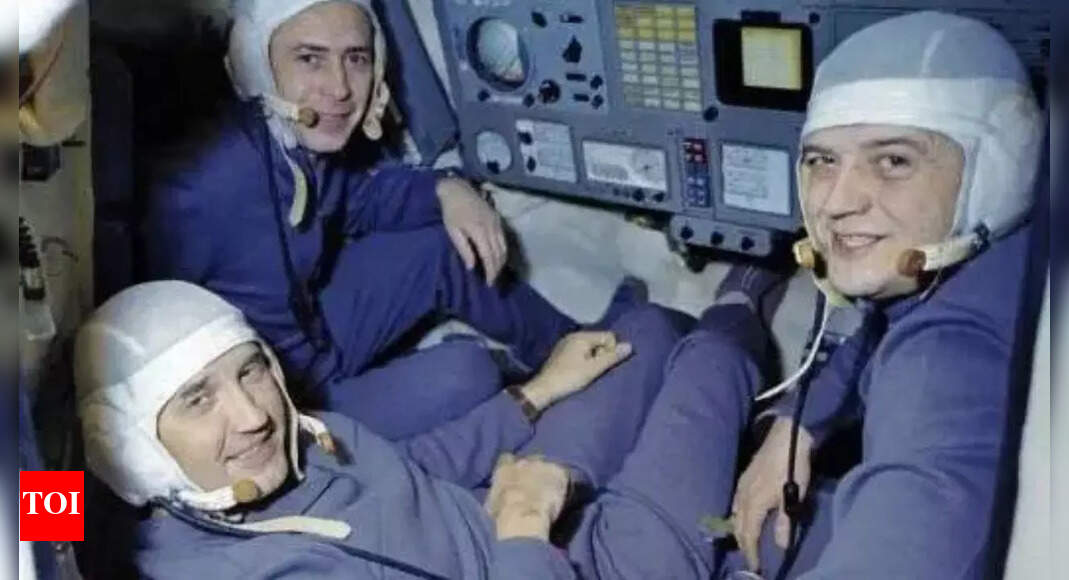
The story of Soyuz 11 remains one of the most tragic and haunting episodes in human space exploration. On June 30, 1971, three Soviet cosmonauts, Georgi Dobrovolsky, Vladislav Volkov, and Viktor Patsayev, became the only humans to die in space, beyond Earth’s atmosphere. Their mission had been a triumph: spending 23 days aboard Salyut 1, the world’s first space station, conducting groundbreaking research on long-term space living. But during their return journey, a single malfunction turned victory into disaster. In less than two minutes, a tiny valve failure led to total depressurization of the capsule, robbing the crew of oxygen, consciousness, and ultimately, life.
Deaths in space: The tragic Soyuz 11 mission
Launched on June 6, 1971, Soyuz 11 carried the first crew to successfully dock with and inhabit a space station. The mission symbolised Soviet space supremacy, as Dobrovolsky, Volkov, and Patsayev conducted biological experiments and tested how humans could adapt to microgravity over extended periods. They remained in orbit for 23 days, setting endurance records and paving the way for future long-term missions like Mir and the International Space Station.After completing their work aboard Salyut 1, the cosmonauts began their journey home. During module separation at around 168 kilometers above Earth, explosive bolts fired to detach the orbital module from the descent capsule. The shock unexpectedly caused a pressure equalization valve to open prematurely, venting cabin air directly into the vacuum of space. Within 60 seconds, the crew compartment was devoid of oxygen.Without pressure suits, which were omitted to save cabin space, the cosmonauts lost consciousness within seconds. Despite clear evidence they tried to manually close the valve, time ran out. Their final heartbeats and positions showed desperate attempts to survive as the vacuum claimed them.When Soyuz 11’s capsule landed in Kazakhstan, recovery teams were ready to celebrate. Instead, they found all three crew members motionless, still strapped in their seats. Blue discoloration, bleeding from the ears, and other decompression symptoms revealed a horrifying truth: the men had suffocated in space. Soviet authorities initially concealed the details, emphasizing the mission’s success, but international investigators later confirmed that rapid depressurization was the cause.The tragedy of Soyuz 11 reshaped space safety forever. The Soviet space program redesigned valves, modified cabin systems, and most importantly mandated that all future astronauts wear pressure suits during launch and re-entry, no matter how tight the space. This single event led to procedures still used today by both Roscosmos and NASA.The three cosmonauts were laid to rest at the Kremlin Wall Necropolis, honored as heroes who gave their lives pushing the boundaries of human exploration.
A somber chapter in space history
Soyuz 11’s story remains both a warning and a tribute, a reminder that every success in spaceflight is written in risk. Their sacrifice ensured that future generations could reach the stars more safely, leaving behind a legacy of courage, resilience, and progress.

